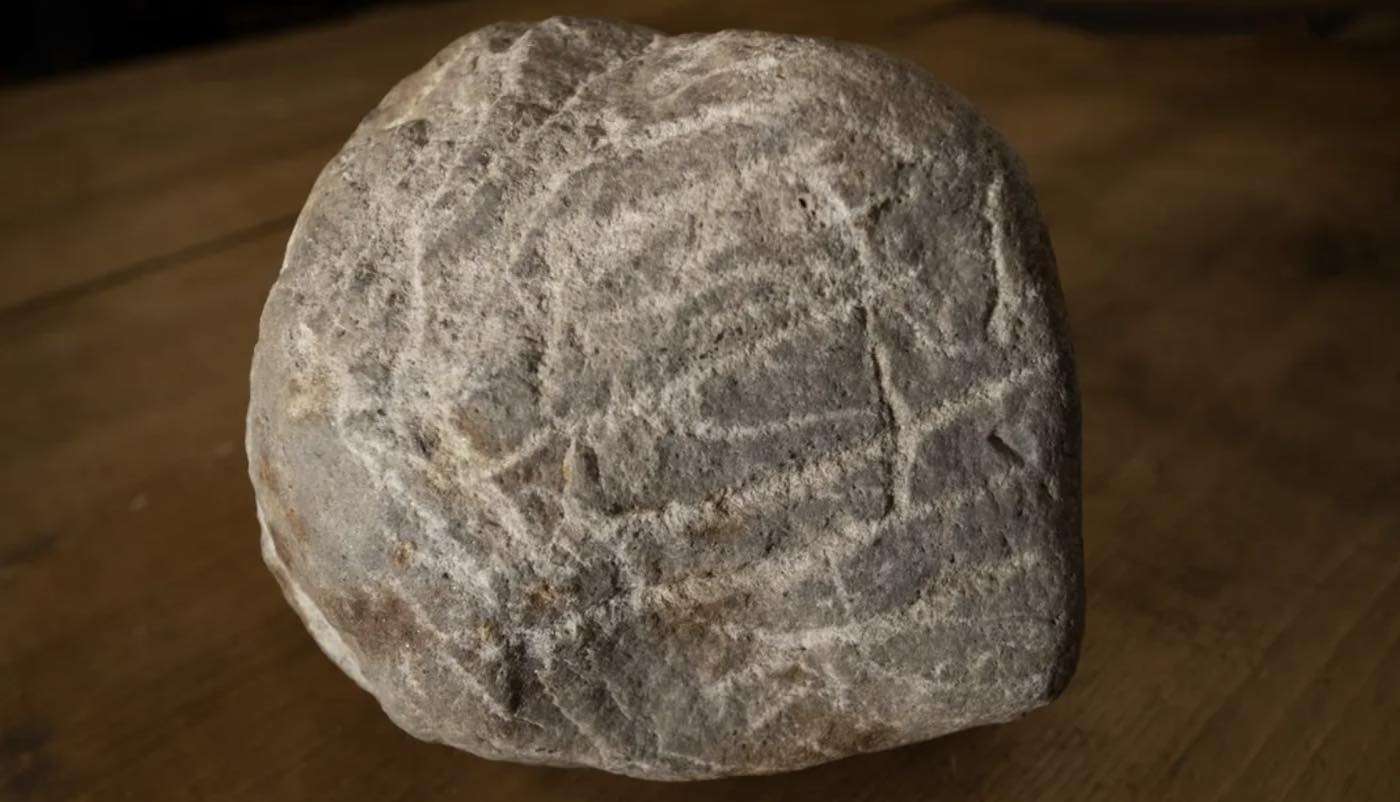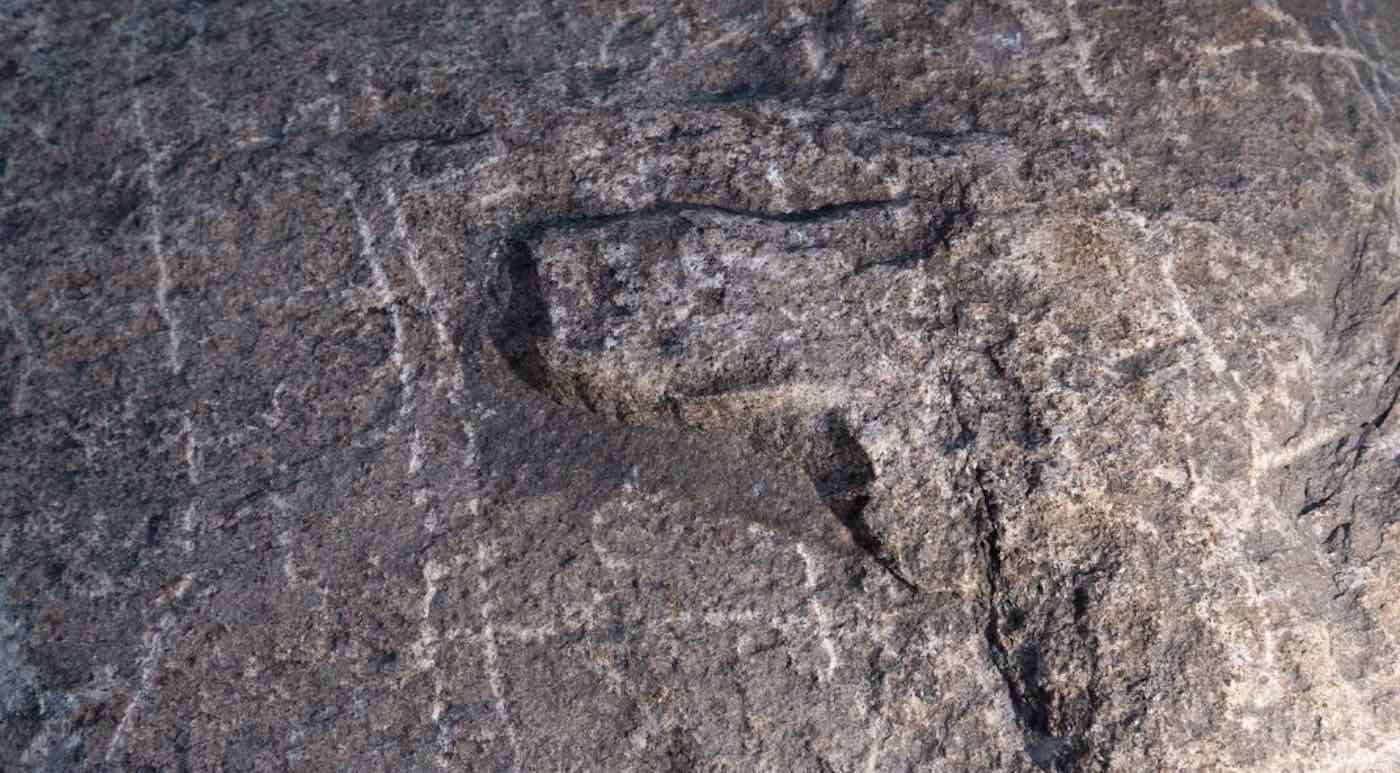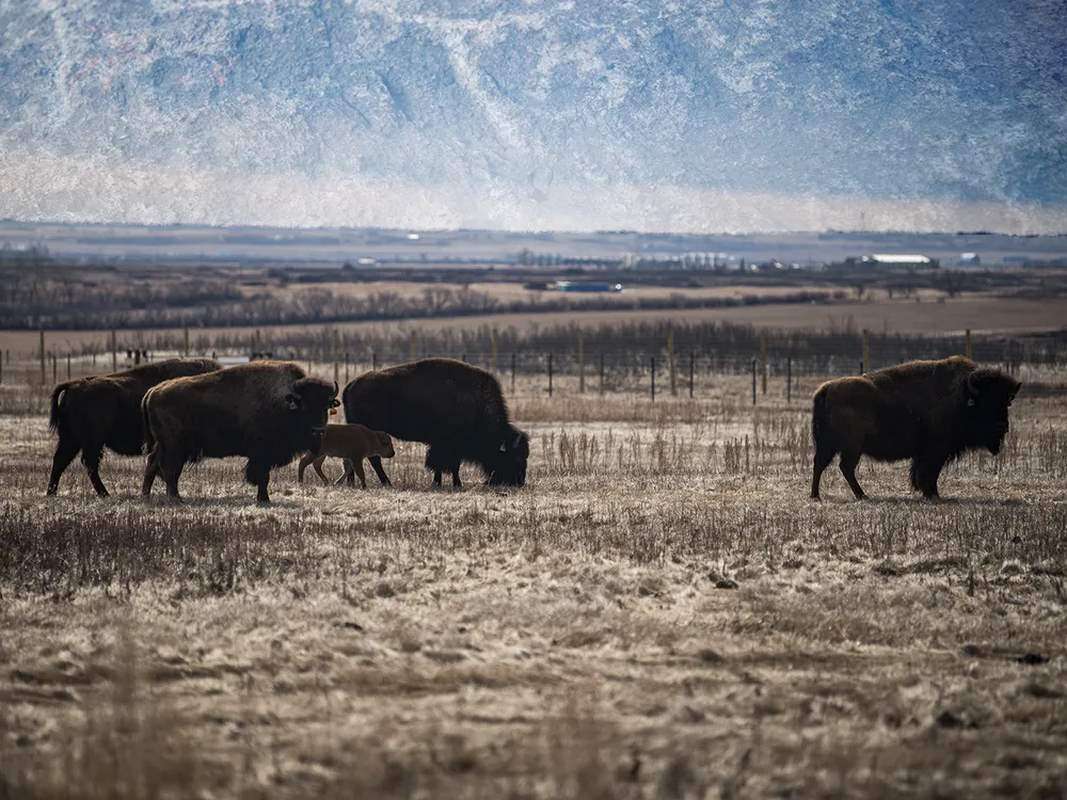National Geographic Unveils Top 'Pictures of the Year' Captured From Nat Geo Photographers in 2023
From 2 million images taken by National Geographic photographers across every continent, 29 were selected for PICTURES OF THE YEAR 2023

In a remarkable and inspiring occurrence, the reintroduction of plains bison to ancestral First Nations lands in Canada saw the beasts unearth important petroglyphs, and in doing so fulfill a prophecy held by the elders of the Dakota Tribe.
It states that when the bison, extinct in the area for over 100 years finally return to them, the tribe's fortunes would change for the better.
In 2019, a $40 million project on the Wanuskewin Heritage Park, part of the national parks system of Canada and which protects sacred land to several tribes, organized the reintroduction of bison by taking six female calves from Grasslands National Park in southern Saskatchewan, and a male bull and four females with ancestry to Yellowstone.
The first sign that fortunes for the Dakota were improving came just 8 months after that, when the bisons' hooves uncovered something that 40 years of human archaeology couldn't.
With a lack of organic material, the two petroglyphs carved into a pair of boulders were dated to between 300 and 1,800 years ago, a span of time when the Dakota, Nakota, Assiniboines, Ojibwa, Cree, and Blackfoot all inhabited the area of Wanuskewin at various periods.
Archaeologist Ernie Walker told Diane Selkirk of Smithsonian Magazine that he was walking toward some bison who were enjoying a grassless area of dust called a wallow when he spotted a rock protruding awkwardly from the ground.

Noticing a part of the rock had a deep groove cut into it, he began to remove dirt and dig the rock out a bit, revealing the crisscrossing lines of a "ribstone," a ceremonial petroglyph carved to appear like the bison's ribcage.
"We'd found the detritus of everyday living: broken stone tools… and things like that," Walker says. "But [we] didn't find ideas. [We] didn't find emotions. The petroglyphs brought that. They're that other dimension… They're a glimpse into somebody's hopes and dreams."
In total, the ensuing excavations found 4 petroglyphs, the 550-pound ribstone, a 1,200-pound boulder, and two smaller specimens. They even found the stone knife nearby that made the carvings.
"We have been so fortunate over the years to have had these wondrous stories emerge that we are able to share with the community," Darlene Brander, CEO of Wanuskewin Heritage Park, said in a statement. "Today it is our duty to share this story as our call to reconciliation by shining a light on the distinct and beautiful cultures of the Northern Plains People."

The petroglyphs were the first ever found on the 600-acre site, and the placement was particular. 380 yards straight on from the boulders was a notable area for native hunters: a buffalo jump—where herd animals could be spooked into running right off the edge of a cliff.
"The elders used to tell us when the bison come back, that's when there'll be a good change in our history," said Wahpeton Dakota elder Cy Standing. "We've been down a long time. But it feels like we are starting the way up."
While the Dakota believe large rocks are sacred are should be left where they are, the elders agreed that sharing the ribstone and the others with the world would be acceptable. Wanuskewin is a pending UNESCO World Heritage Site, and such objects are important parts of telling the story of the sacred place.
In an interesting deviation from petroglyph carving around the world, the Wanuskewin boulders are carved in the so-called hoofprint tradition, which involved carving recognizable features of an animal rather than the animal itself. In this case, the lines are supposed to represent a ribcage; a design that would have been easy to see for the bison hunters on the plains.
SHARE This Interesting Story Of Connection, Spiritualism, And Discovery On Social Media…
Be the first to comment